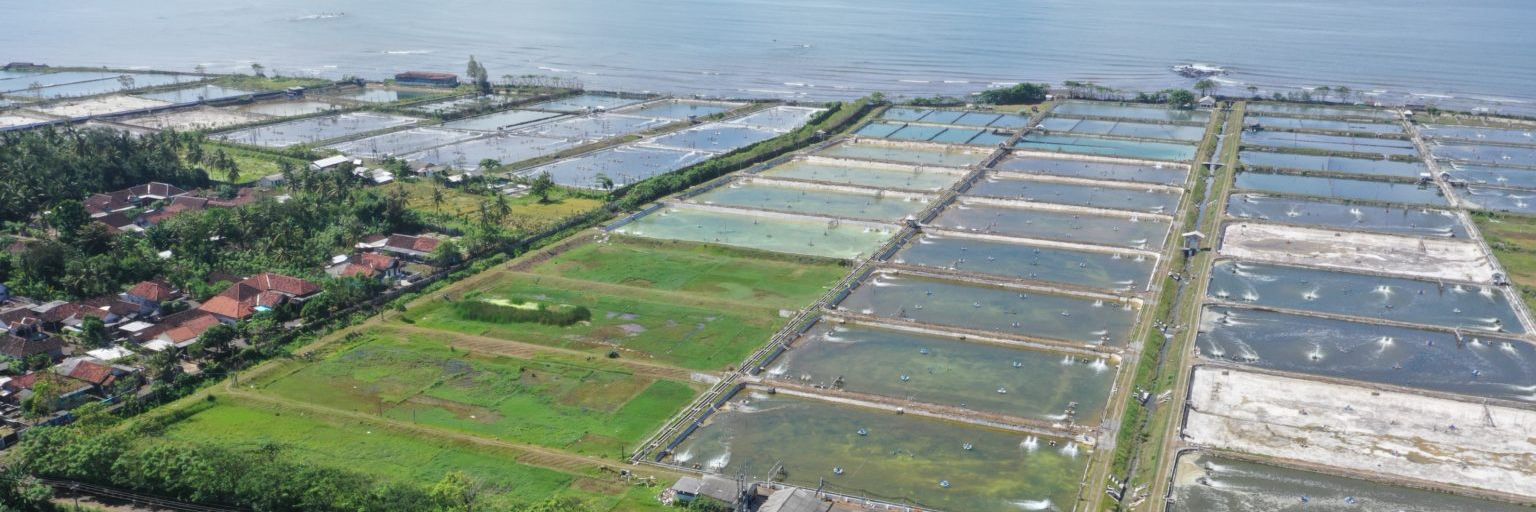We Build a Better, More Sustainable World
At Caterpillar, we take pride in what we do and make possible — from the quality of our products and services to the people who stand behind them. We have a legacy of providing products and services that continually improve the quality of life and the environment by helping our customers fulfill society’s need for infrastructure, including shelter, clean water, transportation and reliable energy.
Since our earliest days, we have worked to provide more sustainable equipment solutions and services to build a better world.
Explore our HistoryThe Caterpillar Foundation is on a mission to help build resilient communities that thrive in a rapidly changing world.
Learn More
